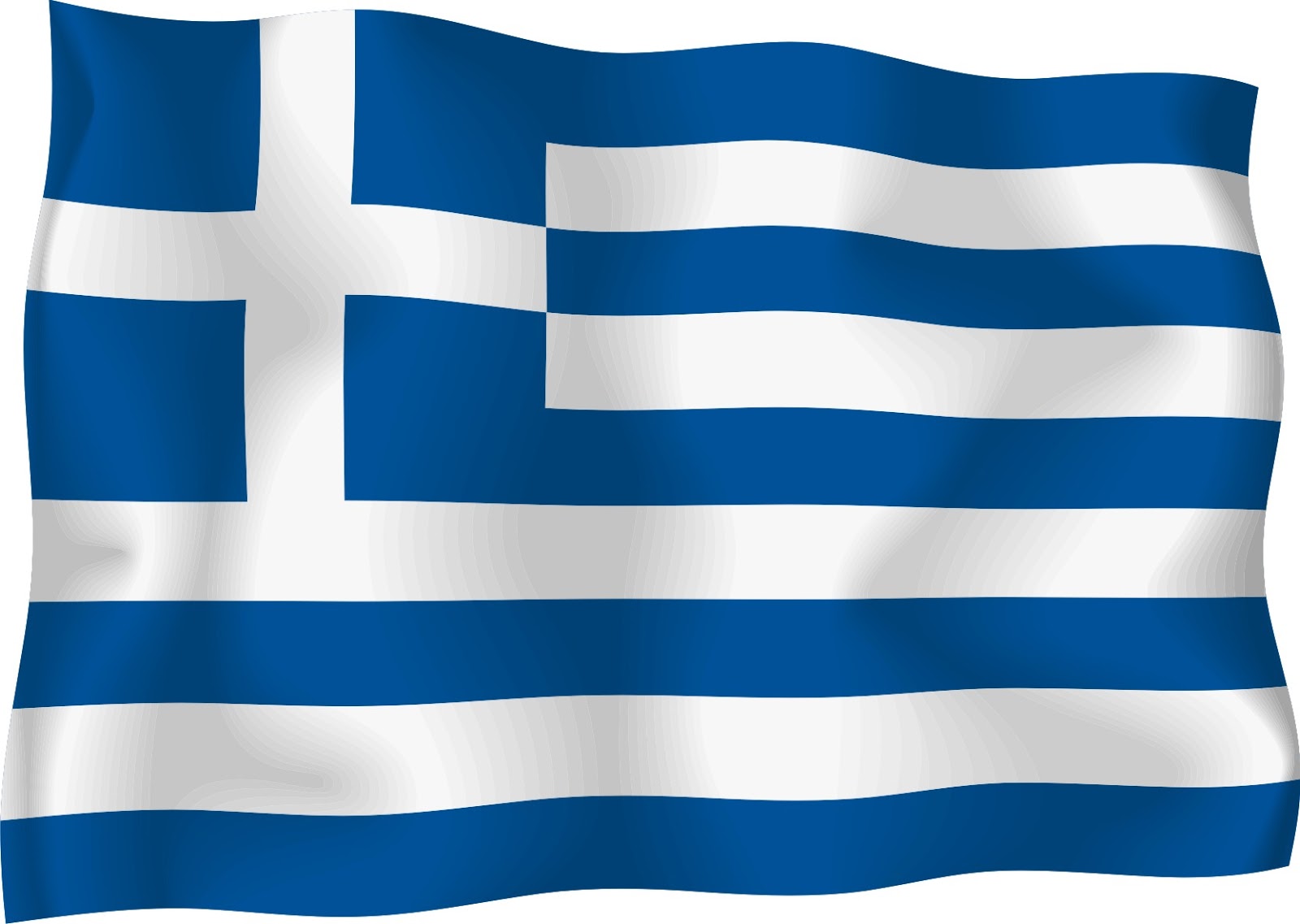Understanding Country Flags With A White Cross: Symbolism And Significance
Country flags with a white cross are not just mere pieces of fabric; they are rich in history, culture, and symbolism. These flags often represent national identity, pride, and values that resonate deeply within the populations they serve. In this article, we will explore the fascinating world of country flags that feature a white cross, delving into their meanings, origins, and the countries they represent.
The significance of a white cross in heraldry and vexillology cannot be understated. A white cross often symbolizes peace, purity, and unity. As we navigate through the various flags that incorporate this emblem, we will uncover the stories behind them and what they signify to their respective nations.
This article aims to provide a comprehensive overview of flags with a white cross, highlighting their unique characteristics and the historical context that led to their design. By the end, readers will have a deeper understanding of why these flags hold such significant meaning in the tapestry of global cultures.
Table of Contents
- 1. The Historical Context of Flags with a White Cross
- 2. Notable Country Flags Featuring a White Cross
- 3. Symbolism of the White Cross in Flags
- 4. The Role of White Cross Flags in International Affairs
- 5. The Evolution of Flags with a White Cross
- 6. The Cultural Significance of the White Cross
- 7. Case Studies: Countries with White Cross Flags
- 8. Conclusion
1. The Historical Context of Flags with a White Cross
The white cross has been a prominent symbol throughout history, often associated with various religious and cultural movements. Its use in flags can be traced back to the medieval period, where it was frequently employed as a symbol of Christianity. In many European countries, the white cross was adopted as a representation of faith and a call for unity among believers.
2. Notable Country Flags Featuring a White Cross
2.1. The Flag of Switzerland
The Swiss flag, featuring a bold white cross on a red background, is one of the most recognizable flags in the world. The origins of the flag date back to the 13th century, when it was used by the Swiss Confederation during battles. The white cross symbolizes peace and neutrality, aligning with Switzerland's longstanding tradition of remaining neutral in international conflicts.
2.2. The Flag of Finland
The Finnish flag, known as the "Siniristilippu" or "Blue Cross Flag," features a blue Nordic cross on a white background. This design represents the sky and lakes of Finland, while the white symbolizes the snow that covers the country during winter. The flag was officially adopted in 1918, and it reflects Finland's identity and natural beauty.
2.3. The Flag of England
The flag of England, commonly known as the St George's Cross, features a red cross on a white background. It has its roots in the Middle Ages and was named after Saint George, the patron saint of England. The white cross is a symbol of bravery and valor, representing the English people's spirit in battles throughout history.
3. Symbolism of the White Cross in Flags
The white cross is often interpreted as a symbol of purity and peace. In many cultures, it represents a call for unity and collaboration among people. The presence of a white cross in a flag can evoke a sense of national pride, often reminding citizens of their shared values and heritage.
4. The Role of White Cross Flags in International Affairs
Flags with a white cross often play significant roles in international relations. They are used as symbols of peace negotiations, humanitarian missions, and cultural diplomacy. Countries with such flags may leverage their symbolism to foster better relations with others, promoting ideals of unity and cooperation.
5. The Evolution of Flags with a White Cross
Over centuries, the design and meaning of flags with a white cross have evolved. Many nations have adapted their flags to reflect contemporary values while still honoring their historical roots. This evolution often reflects changes in governance, societal values, and cultural identity.
6. The Cultural Significance of the White Cross
In various cultures, the white cross is recognized as a symbol of hope and faith. It is often associated with religious movements and community solidarity. The cultural significance of the white cross extends beyond flags, influencing art, architecture, and public life in many societies.
7. Case Studies: Countries with White Cross Flags
Several countries have effectively utilized their flags with a white cross to convey their national identity. Understanding these case studies provides insight into how flags shape perceptions and national narratives:
- Switzerland: Neutrality and peace.
- Finland: Connection to nature and resilience.
- England: Historical valor and bravery.
8. Conclusion
In summary, country flags with a white cross are powerful symbols that encapsulate the essence of national identity, culture, and history. They serve not only as identifiers of a nation but also as representations of the values that bind people together. As we appreciate these flags, we are reminded of the rich tapestry of stories and meanings they hold.
We invite you to share your thoughts on this topic. What do you think about the significance of the white cross in flags? Feel free to leave a comment, share this article, or explore more of our content for further insights.
Thank you for reading, and we hope to see you again for more engaging articles!
Catherine Masitsa: The Rising Star In The Entertainment Industry
How To Turn Off Animated Emojis On Android
Emily Browning Movies: A Comprehensive Guide To Her Filmography


